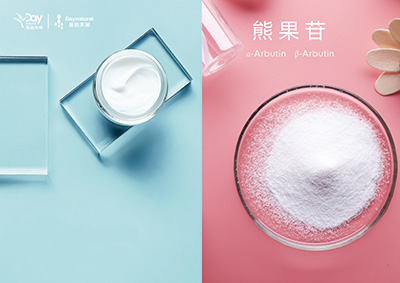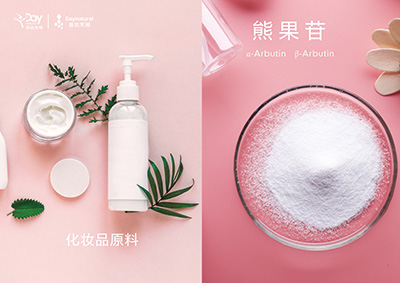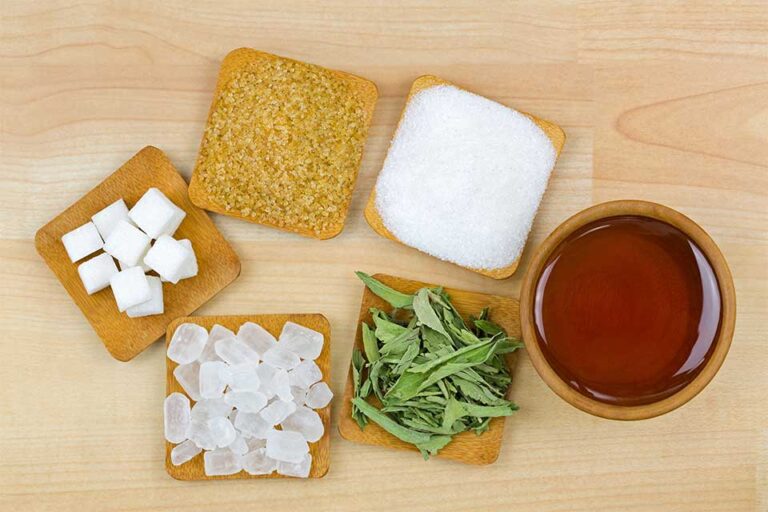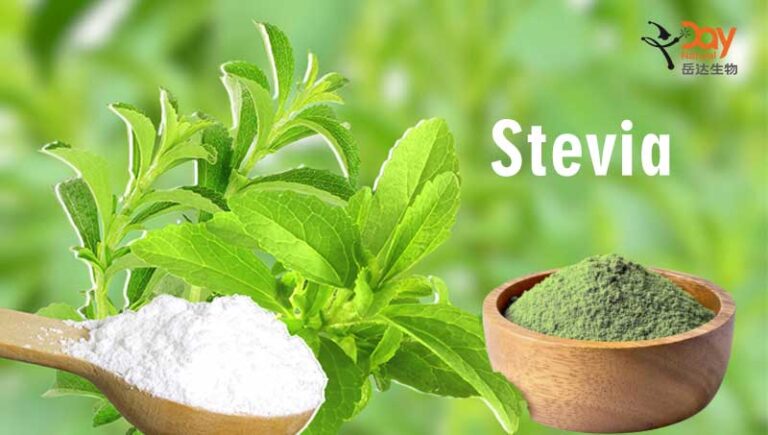Mixing alpha arbutin powder
How to mix alpha arbutin powder in cream
When mixing alpha-arbutin powder in a homemade cream, you need to follow certain steps to ensure that it is effectively and evenly dispersed in the cream substrate. Here is a basic guidance process:

Prepare materials
- Base cream: Choose a fragrance-free, colorless base cream as a carrier, preferably an emulsified base cream, so that it is easier to mix other ingredients.
- Alpha-arbutin powder: Take an appropriate amount according to your needs, usually in a concentration between 1% and 3% is considered safe and effective for the skin.
- Solvent: Pure water or mild cosmetic grade propylene glycol can be selected as a solvent to help dissolve arbutin powder.
- Mixing tools and containers: A clean, sterilized glass or stainless steel container and a mixing stick or small electric mixer are required.
- Preservatives: Since homemade cosmetics do not have the stabilizer in commercial products, adding the right amount of preservatives is necessary to avoid bacterial growth.
Production procedure
- Dissolve arbutin: First, in a small bowl, take a small amount of solvent (such as pure water or propylene glycol), slowly add α-arbutin powder, using a mixing stick gently stir until completely dissolved. Note that adding powdered arbutin directly to the cream may not dissolve easily; dissolving first ensures even distribution.
- Pre-cool the base cream: Put the base cream in the refrigerator to cool slightly, which will help not destroy the original structure of the cream when mixing.
- Mix slowly: Slowly pour the dissolved arbutin solution into the base cream, gently stirring with a whisk as you pour, to ensure that the two are well combined. Use a gentle stirring motion to prevent too much air from getting into the cream and creating bubbles.
- Add preservative: According to the instructions of the selected preservative, add the appropriate amount of preservative to the mixture and continue to stir well.
- Final check: Carefully check the cream for residual particles to ensure that arbutin has been fully integrated into the cream.
- Separate storage: Pour the mixed cream into a clean, sterilized container and store it sealed. It is best stored in a cool and dry place, away from direct sunlight, and recommended to use within a short time, as homemade products usually have a short shelf life.
Matters needing attention
- Before starting, make sure all tools and containers are clean and sterilized to avoid contamination.
- Test sensitivity: Perform a skin sensitivity test on the inside of the wrist before using a large area.
- Homemade cosmetics have not been professionally tested, and the effectiveness and safety of use should be evaluated by themselves.
- Considering that everyone’s skin is different, you should use caution when using any new product and be aware of possible allergic reactions.
How to mix alpha arbutin powder into face oils
Mixing alpha-arbutin powder into a face oil is slightly different from mixing it into a water-based cream, as oil and water are insoluble, while arbutin usually requires a solvent to help it dissolve. However, if you wish to add arbutin to your face oil to take advantage of its whitening and spot lightening properties, you can do the following:

Use an oil-soluble solvent
1. Choose an oil-soluble solvent: In order to integrate arbutin powder into the oil base, you can choose an oil-soluble solvent or directly choose an oil that can dissolve arbutin. For example, ethanol (alcohol) is a commonly used solvent, but it can make the final product harsh and not suitable for everyone. Another option is to use an emulsifier like polysorbate (Tween), which helps water-soluble ingredients blend into the oil, but it’s important to note that this changes the texture of the oil slightly.
2. Dissolve arbutin: In a small bottle or container, add a small amount of your choice of oil-soluble solvent (or emulsifier and a little water), then slowly add α-arbutin powder, stirring gently until the powder is completely dissolved. This process may require some patience, as arbutin is less soluble in oil than in water.
3. Mix face oil: Slowly add the dissolved arbutin solution to your prepared face oil. Face oils can be a single oil such as sweet almond oil, grapeseed oil, or a mixture of vegetable oils, depending on your skin type and preferences.
4. Mix evenly: Use a stirring stick or shake the container to ensure that the arbutin solution is thoroughly mixed with the face oil. If an emulsifier is used, more stirring may be needed to ensure that there is no separation.
5. Add antioxidants and preservatives: In order to extend the shelf life and prevent oil oxidation, consider adding appropriate amounts of vitamin E (natural antioxidants) and preservatives suitable for oily products.
6. Test and storage: Before use, carry out skin sensitivity test. Store the finished product in a dark, dry place, preferably in the refrigerator, to maintain its freshness and effectiveness.
Matters needing attention
- Adding arbutin powder directly to the facial oil is likely to cause insufficient dissolution, affecting the effectiveness of use.
- Oil-based formulas may not be suitable for all skin types, especially oily and acne-prone skin.
- For homemade recipes, be sure to take care of hygiene, ensuring that all ingredients are fresh and the container is clean.
- Since the operation of chemical components is involved, it is recommended to obtain relevant knowledge or consult a professional.
How to mix alpha arbutin powder into base cream
To mix alpha-arbutin powder into the base cream, you need to make sure that the powder is evenly dispersed and does not affect the texture and stability of the bottom cream. Here’s a simple step-by-step guide:
Preparatory work
1. Choose a base cream: First, pick a fragrance-free, colorless base cream, preferably one that is thin and easy to blend.
2. Measure the required amount: according to the total amount of base cream, calculate the appropriate amount of arbutin powder, the general recommended concentration is between 1%-3%, in order to ensure the whitening effect without causing skin irritation.
3. Dissolve arbutin powder: Since arbutin powder is water-soluble, you can use a small amount of warm water or a cosmetic grade solvent (such as propylene glycol) to dissolve arbutin powder. In a small bowl, mix the arbutin powder with the solvent and stir until completely dissolved.
Mixed step
1. Pre-treatment of the base cream: soften the base cream at room temperature, or heat it slightly in the double pot heating, so that it becomes more soft and easy to mix, but avoid excessive heating to destroy its original structure.
2. Add slowly: Slowly pour the dissolved arbutin solution into the base cream, and gently stir with a mixing stick or electric mixer to ensure that the mixture is evenly mixed. Stir gently to avoid introducing air to form bubbles.
3. Mix thoroughly: Keep stirring until the base looks evenly colored and no arbutin particles remain. This may take a few minutes to make sure that each part is well mixed.
4. Test compatibility: Do a compatibility test on a small area of skin, such as the inside of the wrist, and observe whether adverse reactions occur within 24 hours.
Add preservative and storage
1. Anti-corrosion treatment: Due to the addition of new ingredients, the original anti-corrosion system of the base cream may not be enough to resist the growth of microorganisms, you can add appropriate amount of preservatives suitable for cosmetic use, add according to the product instructions.
2. Packaging and storage: Put the mixed primer into a clean, sterilized container and seal it well. It is best to store in a cool and dark place to avoid high temperature and direct sunlight to extend the service life.
Matters needing attention
- Ensure that all tools and containers are clean and sterile throughout the process.
- The blended base is best used within a short period of time, as homemade cosmetics do not contain the stabilizers found in commercial products and have a shorter shelf life.
- If you are unsure about the composition and safety of your homemade cosmetics, it is recommended to consult a professional or purchase commercially available base products containing arbutin.
How to add alpha arbutin powder to lotion
When adding alpha-arbutin powder to a emulsion, you need to be careful to ensure that arbutin is evenly dispersed and does not affect the stability and efficacy of the emulsion. Here is a detailed step-by-step guide:
Prepare materials
1. Base emulsion: Choose a fragrance-free, colorless base emulsion as a carrier.
2. α-arbutin powder: According to the total amount of emulsion, determine the amount of arbutin powder added, the recommended concentration is 1%-3%.
3. Solvent: Pure water or glycerin (glycerol) as a solvent for arbutin, because arbutin is water-soluble.
4. Mixing tools and containers: clean, disinfected glass or stainless steel containers and mixing rods.
5. Preservative (optional) : If homemade mixing, add appropriate amount of preservative to extend shelf life.
Mixed step
1. Dissolve arbutin powder: In a small bowl, take an appropriate amount of solvent (such as a few milliliters of pure water or glycerin), slowly add α-arbutin powder, gently stir with a mixing stick until completely dissolved. Ensure that no particles remain, forming a transparent solution.
2. Pre-treated emulsion: Put the emulsion at room temperature, if the emulsion is thick, it can be slightly warmed to make it soft, easy to mix, but avoid overheating.
3. Slow mixing: Slowly pour the dissolved arbutin solution into the emulsion, and gently stir with a stirring stick while pouring to ensure that the arbutin solution is evenly distributed.
4. Stir thoroughly: Continue to stir the emulsion until the entire mixture looks uniform and there are no noticeable arbutin deposits or clumps.
5. Preservative treatment (if required) : According to the instructions of the selected preservative, add the appropriate amount of preservative and stir well again.
Storage and testing
1. Dispensing: Transfer the mixed emulsion to a clean, sterilized container. Make sure the container is well sealed to avoid contamination.
2. Storage: Store in a cool and dry place, avoid direct sunlight and high temperature environment, to maintain the freshness and stability of the product.
3. Sensitivity test: Before use, do a skin sensitivity test on the inside of the arm or behind the ear to ensure that it will not cause discomfort.
Matters needing attention
- Keep tools and containers clean throughout the process to avoid bacterial contamination.
- Homemade cosmetics have a short shelf life and are recommended to be used within a few months of making.
- If you are in doubt about the stability or safety of your homemade formula, you are advised to consult a professional or directly purchase professional products containing arbutin in the market.
How to apply arbutin powder to face
To use α-arbutin powder on the face, it is usually recommended to mix it with water or other suitable liquid (such as milk, toner, etc.) to make a mask paste and then apply it to the face. Here are the steps:

1. Clean your face: First, clean your face with a gentle cleanser to remove dirt and oil so that arbutin can be better absorbed by the skin.
2. Prepare the mask paste: Take an appropriate amount of alpha-arbutin powder (usually the one-time use recommended by the package, if there is no clear indication, you can refer to about 50 mg to 100 mg) and put it in a clean container. Then, add about 50 ml of water or other liquid (such as flower water, toner or milk, depending on personal preference and skin condition). Use a mixing tool (such as a small spoon) to mix thoroughly until a uniform, grainless paste forms.
3. Apply mask: Apply mask paste to your face, avoiding sensitive areas around your eyes and lips. It is recommended to use a mask brush or finger to evenly cover and form a certain thickness to ensure the effect.
4. Waiting time: Leave the mask on your face for about 15 minutes to allow the arbutin ingredients to take effect. During this time, the mask will gradually dry, but it should not feel tight and uncomfortable.
5. Cleaning: After the time is up, gently peel the mask from the edge with your hand, and then rinse your face thoroughly with water to ensure that there is no residue.
6. Follow-up skin care: After cleaning, apply skin care products such as toner, serum, lotion or cream according to the daily skin care routine to lock in moisture and enhance the maintenance effect.
Note:
- Before use, it is recommended to do a skin test on the inside of the wrist to confirm that there is no allergic reaction.
- Arbutin is photosensitive, so it is recommended to use at night, and avoid bright light exposure after use, do not go outdoors immediately.
- Follow the recommended dosage in the product instructions, excessive use does not necessarily mean better results, but may cause skin discomfort.
- Keep the mask paste clean, avoid contamination, it is best to mix and use.
- Pregnant women or people with sensitive skin should consult a dermatologist before use.




Hi there! I could have sworn I’ve been to this
website before but after browsing through many of the articles I realized it’s new to me.
Nonetheless, I’m certainly delighted I found it and I’ll be bookmarking it and checking
back frequently!
We stumbled over here different web address and thought I
might check things out. I like what I see so now i’m following you.
Look forward to looking into your web page
repeatedly.